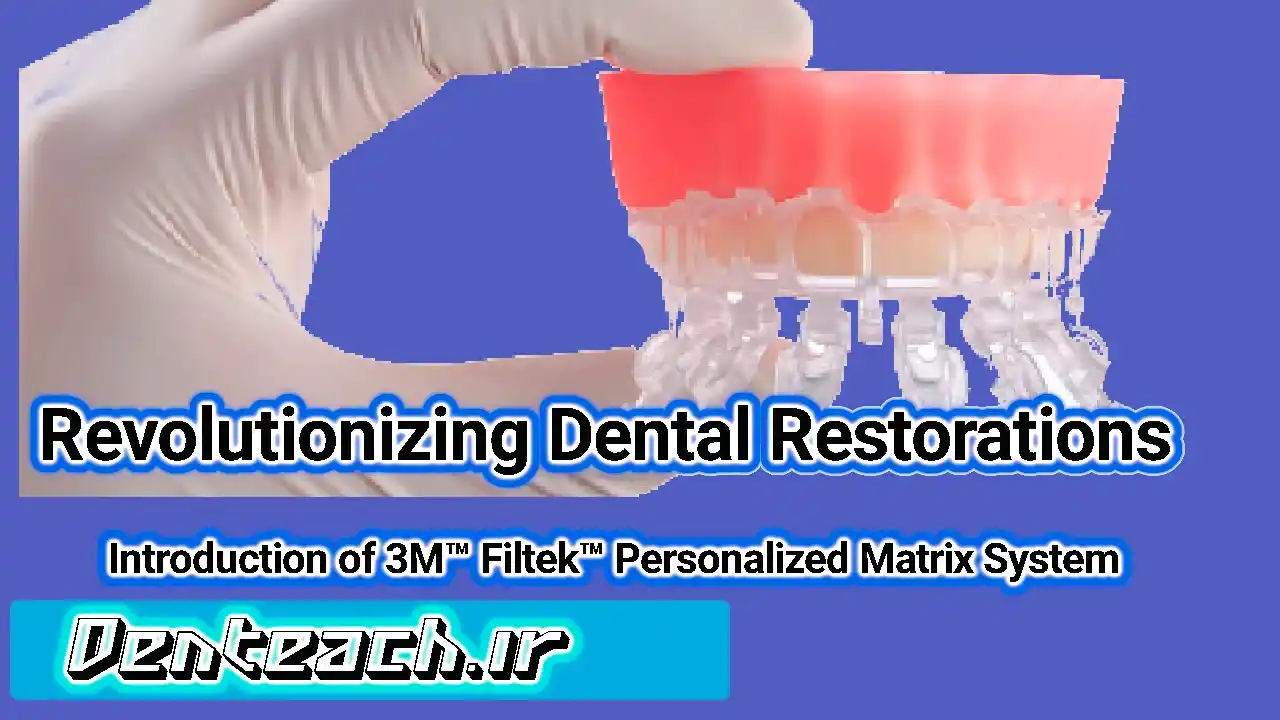Access cavity preparationIn this third part of the series, which explains the basic principles of root canal treatment for a single-rooted tooth with simple root morphology, the focus is on discussing the components involved in preparing a glide path. The following steps are outlined:
- Materials Needed:
- Endodontic kit
- Hand files
- Sodium hypochlorite solution
- Preparation:
- Before starting, bend the needle two to three millimeters short of the estimated working length of the tooth. This helps avoid extruding sodium hypochlorite beyond the apex and into the periapical tissues.
- Flood the pulp chamber with a sodium hypochlorite solution and locate canal orifices using a DG 16 probe.
- Using Size 10 Flexo File:
- Take a size 10 Flexo file and set the rubber stop to the estimated working length.
- Coat the Flexo file lightly in a chelating paste lubricant.
- Consider P-bending the file if the canal morphology is curved.
- Passively negotiate the canal with the Flexo file up to the estimated working length.
- If resistance is encountered, it may indicate a need to switch to a smaller size of Flexo file.
- Confirming Working Length:
- Once the estimated working length is reached, confirm it either with a radiograph or by using an electronic apex locator.
- Use the file to confirm apical patency by performing small push-pull movements until the size 10 Flexo file feels loose in the canal.
- Irrigate with 3 milliliters of sodium hypochlorite solution.
- Using Pro Glider Rotary File:
- Set the Pro Glider rotary file to the working length.
- Use the rotary file with the correct speed and torque on the endodontic motor.
- Carefully negotiate the file to the working length to expand the glide path.
- Irrigate with 3 milliliters of sodium hypochlorite solution.
- Recapitulate using a size 10 Flexo file and irrigate again.
The next video in the series will cover the steps of shaping and finishing the root canal.


